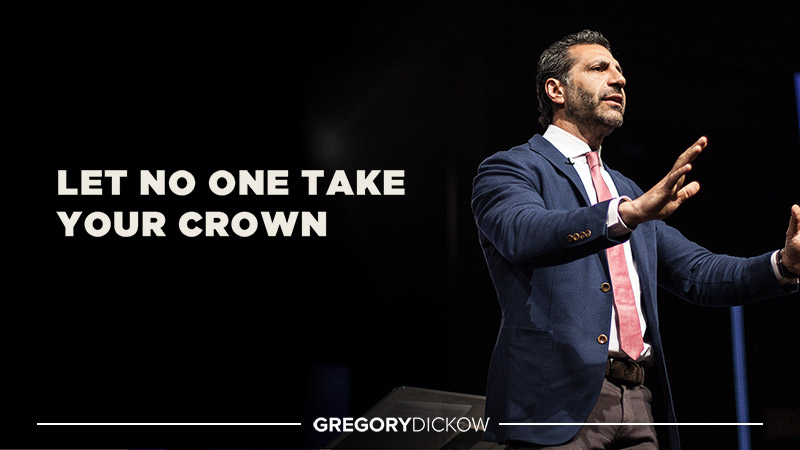

(Watercolors, paint, crayon, etc) What mood were in on pages with the use of color. Why some backgrounds have scenes and others don’t. Review the colors and the images and read how you feel. Using the images to build understanding is a fun way to read the text in a different way. The images and words rely on one another. What did remind you of? Who is a tech CEO that you know? What else would you use x for? What makes you feel like a Hollywood star? 4. ExamplesĮxamples lend to thinking about what else happens in the real-world. Descriptive Words slab of clay flawless blazing star intellectual Hair Words Dark Caesar trim locs cornrows. You can start by listing examples such as important words in the story. Since this story is a sequential experience. Why was the barber shop important to the boy? 2. Example Questions: What was your favorite part? What was your least favorite? How did you feel when the boy described his experience? Describe 3 important experiences that the boy described. Keeping questions open-ended using “How, When, What, and Why. This story lends itself to multiple skills. When reading stories such as Crown an Ode to the Fresh Cut, here are some tips on how to engage with the story. He provides details and vocabulary words that makes the story true to the story. This story opens the reader into another world and celebrates #Brownboyjoy.ĭerrick Barnes provides a visual and auditory narrative of a young man’s visit to the barber shop. Barnes even builds your imagination about the different characters in the shop and what they can be.


Barnes’ rhythmic language keeps the story flowing, and makes the reader understand what it truly means to get a haircut at a Black barber shop.

A picture book story for 2nd and 3rd grade readers.Ĭrown an Ode to the Fresh Cut celebrates the experiences of what it means to get a “Fresh Cut” in the barber shop.How to Read Crown an Ode to the Fresh Cut, a modern-day story about a black boy getting a hair cut.


 0 kommentar(er)
0 kommentar(er)
